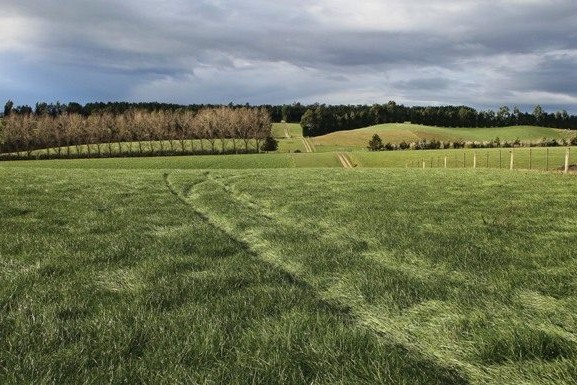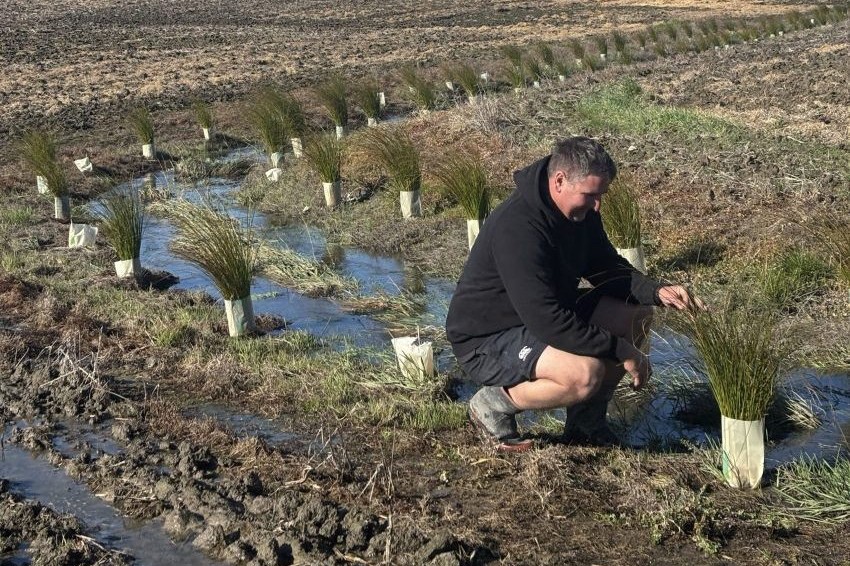Regen Ag White Paper is good research
By: Graham Shepherd

Landcare’s White Paper on Regenerative Agriculture (RA) is an attempt to provide some of the analytical evidence surrounding the effects of Regen Ag. The initiative has to work within a budget which immediately imposes limitations in terms of scope and thoroughness; it’s not perfect but it’s a start.
It is claimed in the article that research in soil biology was still in its very early stages and its science was yet to be developed. This is factually incorrect. There are many peer-reviewed text books and 20+ biological journals with a high impact factor that have existed for decades that deal specifically with the above; Mycorrhiza and the European J. of Soil Biology for example. Many of our ag scientists are ‘chemically’ trained and such material is outside their area of interest and are unaware of their content.
Contrary to the comment in the article, it isn’t a question of whether soil biology can create mineral nutrients. Newton’s 1st law of thermodynamics is well understood – “matter cannot be created nor destroyed”. It is, and always has been a question of the solubilisation of nutrients by soil microbes. Regrettably we overlook the fact that there are many soil microbes that solubilse nutrients such as P, making them more plant available. If we invoked this understanding, farmers wouldn’t need to apply so much P. Imagine the cost saving to farmers.
The soil is a triune – physical, chemical and biological. Regrettably the chemical properties receive too much emphasis in New Zealand. NZ is way behind many parts of the world in its understanding and appreciation of the role and benefits of the biological composition of the soil and it costs our farmers and the environment dearly.
There was a suggestion in the article that the term regeneration implied there was a degeneration in NZ agriculture and that there was not a lot of evidence to support this. The evidence (scientific and in the popular agricultural press) is overwhelming in showing the negative effect of dairying on the environment. It’s not dairying that’s the problem, it’s the advice given to dairy farmers.
There have been many criticisms of the effects of doing things a bit differently on farms. Attempts to publish this material have been stymied and understandably met with calls to “show me the science”. Farmers however are very good at making observations; they know if something works or not. This observational evidence is often dismissed as anecdotal but “seeing is believing”.
It’s also one thing to publish a piece of research but how good is the research in terms of the methodology and interpretation of results? Journals have procedures in place to address this but some papers do get through that shouldn’t.
With the NZ farming framework being so driven by unawareness and vested interests, it is not surprising that there is criticism for doing things a bit differently. Go the White Paper, we need research that is good with also a biological component.
- Graham Shepherd is a soil scientist, an independent farm advisor with BioAgriNomics and author of the Visual Soil Assessment method.




